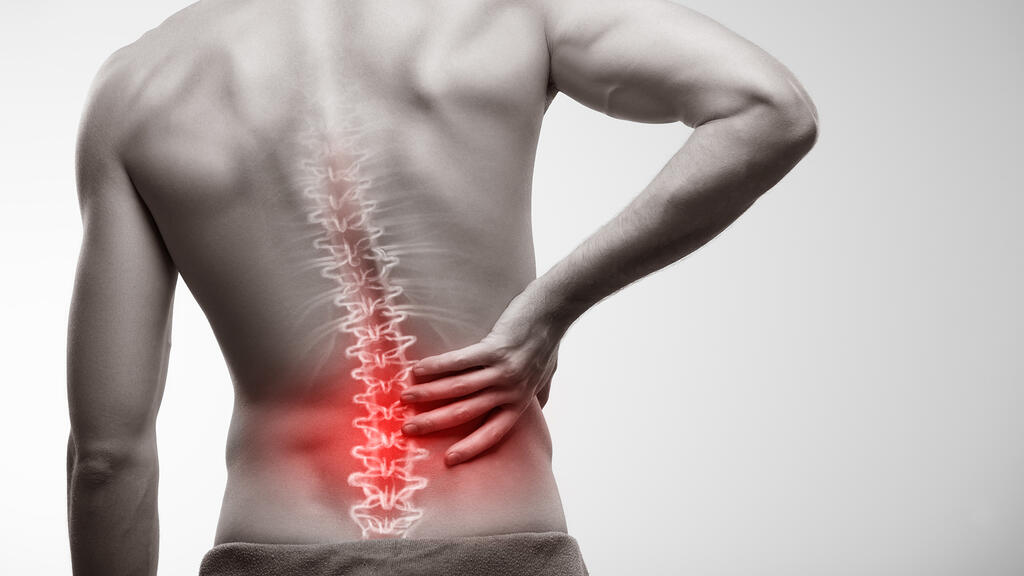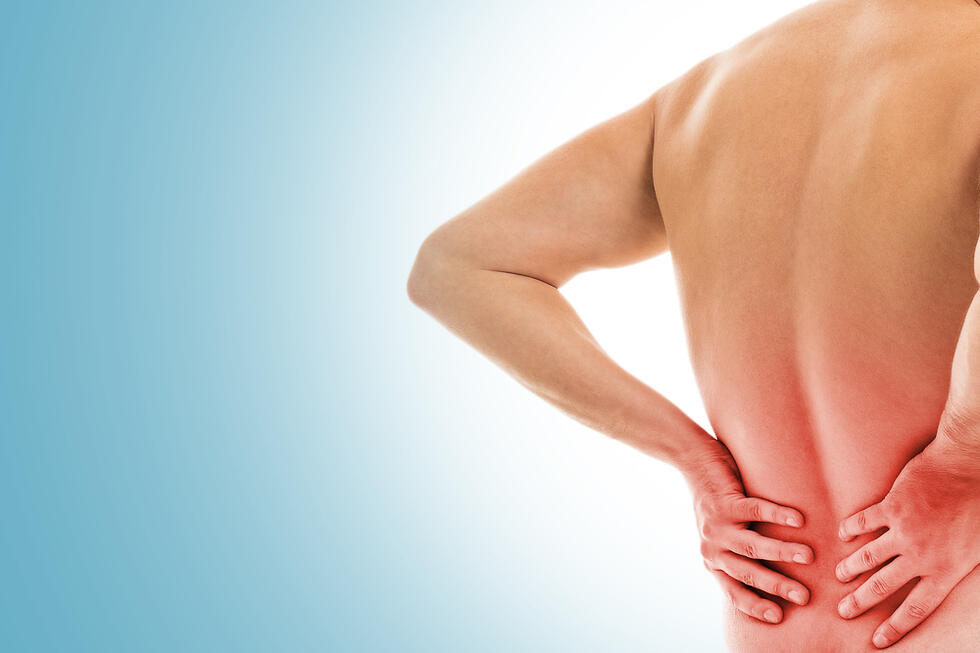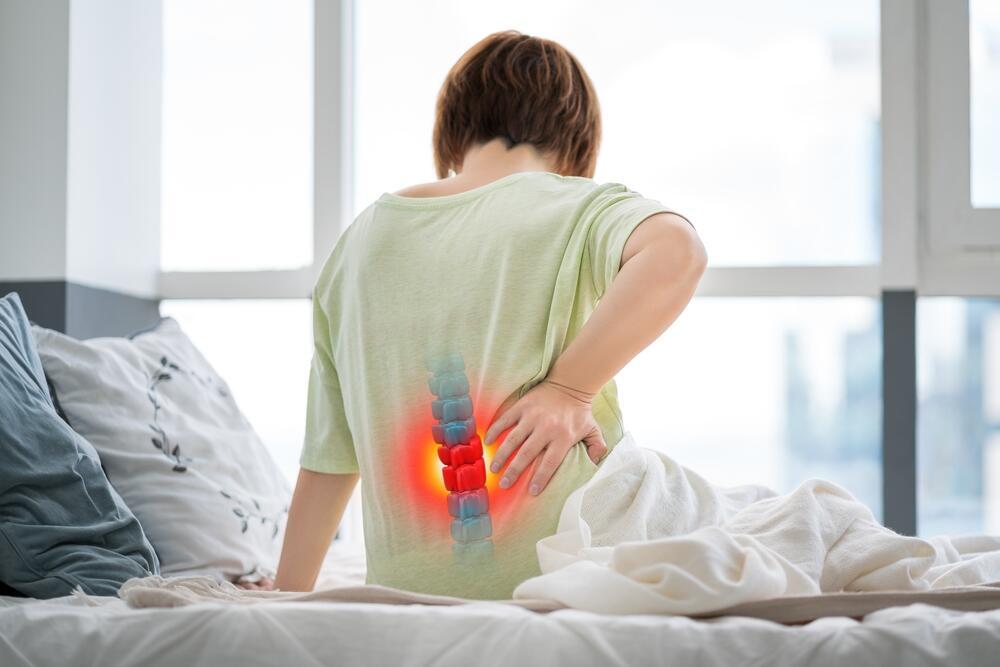Exercises that can assist lower back pain
Lower back pain is one of the most common orthopedic injuries. According to the World Health Organization, 80% of people will experience significant lower back pain at some point in their lives.
More Stories:
The issue has created several myths, trends and studies, though the scientific community has yet to determine the exact medical link that causes lower back pain. However, there are several practical tools to combat the ache.
4 View gallery


The scientific community has yet to determine the exact medical link that causes lower back pain.
(Photo: Shutterstock)
What’s the definition of lower back pain?
Lower back pain is defined as pain in the area between the lower ribs and the gluteal region. The source of back pain is often unknown, and an orthopedic examination or imaging may not provide a definitive answer as to the reason we feel pain.
Some claim the pain comes from a spinal disc herniation
First of all, it’s important to understand what spinal disc herniation is. The intervertebral disc is a thick cartilage tissue located between each pair of vertebrae in the spinal column, which among other functions, absorbs shocks.
The disc consists of two types of cartilage: fibrous cartilage located around it and a gel-like fluid located in the center. A herniated or bulging disc is a condition in which the fluid protrudes through the fibrous cartilage.
However, a diagnosis of a herniated disc doesn’t necessarily mean it’s responsible for lower back pain. Disc herniation is a dynamic natural process that occurs in our body.
A qualitative study on the subject found that 66%-82% of the disc fluid is reabsorbed over time, with the process taking days to several months. These studies show that only 1%-4% of back pain originates due to this condition.
4 View gallery


Lower back pain is defined as pain in the area between the lower ribs and the gluteal region
(Photo: Shutterstock)
As part of a study, MRI tests were performed on a group of people who didn’t experience back pain, and it was found that 48% of the tested individuals had at least one herniated or bulging disc.
Another study found that 90% of the population over the age of 50-55 exhibit degenerative changes in their spine. Most of them didn’t suffer from chronic back pain, which means that degenerative changes don’t necessarily cause back pain.
When should you see a physician if you’re experiencing back pain?
You should see a doctor in the following situations: after a serious injury, if you have medical history including malignant diseases; feeling pain accompanied by systemic fever; chronic use of steroids; if you have issues with bone density; inability to urinate or defecate; or significant weakening of the leg muscles or significant unexplained weight loss.
Should you insist your doctor send you for imaging?
A study conducted on 44 patients with lower back pain found that the group that underwent imaging tests showed a lower improvement in pain and function and a tendency to fixate on their pain.
In other words, they had a higher likelihood of developing chronic pain. Let your doctor decide whether imaging is necessary. In most cases, there is no need for such radiological measures.
When will the pain go away?
Back pain can go away after a few days to a few weeks, even if you haven't received any treatment for it. Be careful not to overestimate the influence of outside factors. If you visit a health care professional and feel some relief in the pain the following day, it doesn't necessarily mean it's due to their intervention but rather the natural receding of pain.
Is physical activity considered a good solution to pain?
Yes, and there are numerous studies supporting this. Ultimately, engaging in physical activity, regardless of what kind, will significantly reduce pain if you consistently maintain it over time.
A study found that a combination of strength training along with aerobic exercise 2-3 times a week can reduce back pain in the general population by approximately 30%-50%. The same study also found people preferred Pilates over other sports in the context of lower back pain.
But a professional told me not to lift weights if I’m feeling pain
The opposite is true. Strength and mobility have a protective effect on our backs. The more prepared it is for extensive movement and capable of generating strength, the better we can perform, because our back is trained to extend in large ranges of motion and cope with weight loaded on it.
So, can I just head to the gym and start working out?
No, you should seek the help of relevant professionals who can guide you (at least at the beginning) so that your training program is built in a balanced, gradual manner.
If you’ve experienced back pain for years, you should consult a physiotherapist who can outline a correct and specific plan that fits you specifically.
In conclusion, if you’re experiencing lower back pain, the most important thing is not to panic. Only a small percentage of lower back pain is considered dangerous.
Additionally, it's important to remember that the back loves movement and strength: even during acute pain, it’s possible and even recommended to move it within certain ranges and directions.





